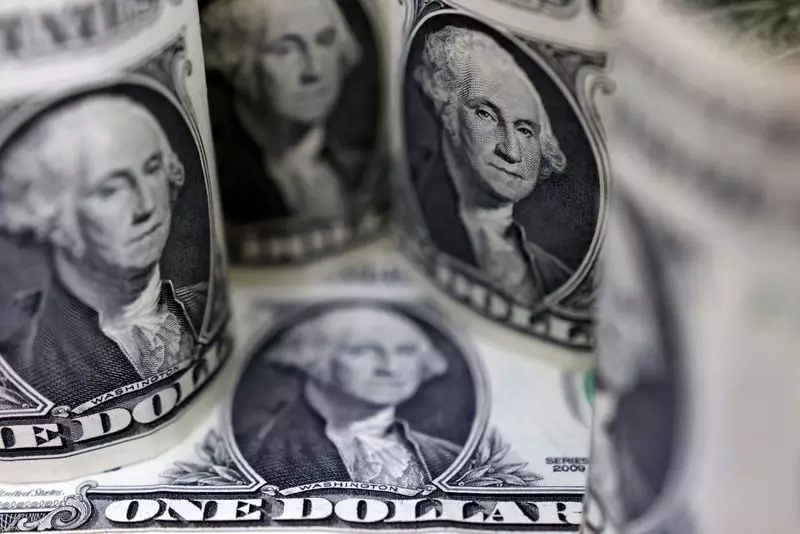As global financial markets experience growing risk-aversion, Asian currencies are facing pressure to perform. The movement of most Asian currencies has been limited as investors seek safe havens, resulting in a flow of funds into the US dollar. This trend can be attributed to the uncertainty surrounding the global economy and the potential impact on currency valuations.
Japanese Yen Stability
The Japanese yen has remained relatively stable amidst the market volatility, following a strong rally earlier in the week. The Bank of Japan’s hawkish stance has bolstered the currency, with the USDJPY pair hovering around key levels. The yen’s status as a safe haven asset has also attracted investors, further supporting its position in the market.
The prospect of US interest rate cuts in the coming months has tempered the strength of the dollar, as markets anticipate a shift in monetary policy. The Federal Reserve’s signaled willingness to cut rates has influenced investor sentiment, leading to fluctuations in currency markets. Economic data, such as the purchasing managers index and nonfarm payrolls, are closely monitored for clues on the direction of interest rates.
Broader Asian currencies have experienced mixed movements in response to market conditions. The Chinese yuan has faced volatility, reflecting concerns over economic slowdown and weak PMI data. The Australian dollar has risen ahead of a Reserve Bank meeting, fueled by expectations of unchanged interest rates. The South Korean won and Singapore dollar have shown relative stability, while the Indian rupee continues to face pressure near record highs.
As global financial markets navigate uncertainty, Asian currencies are poised to respond to external factors and domestic economic indicators. The resilience of the Japanese yen, the impact of US interest rate policies, and the performance of key Asian economies will shape currency movements in the near term. Investors will closely monitor market developments for insights into future trends and potential opportunities.
The interplay between global financial markets and Asian currencies underscores the complex nature of currency trading. From safe haven flows to interest rate dynamics, a multitude of factors can influence currency valuations. As investors navigate market volatility and economic shifts, staying informed and adaptable is crucial for success in the dynamic world of foreign exchange.

